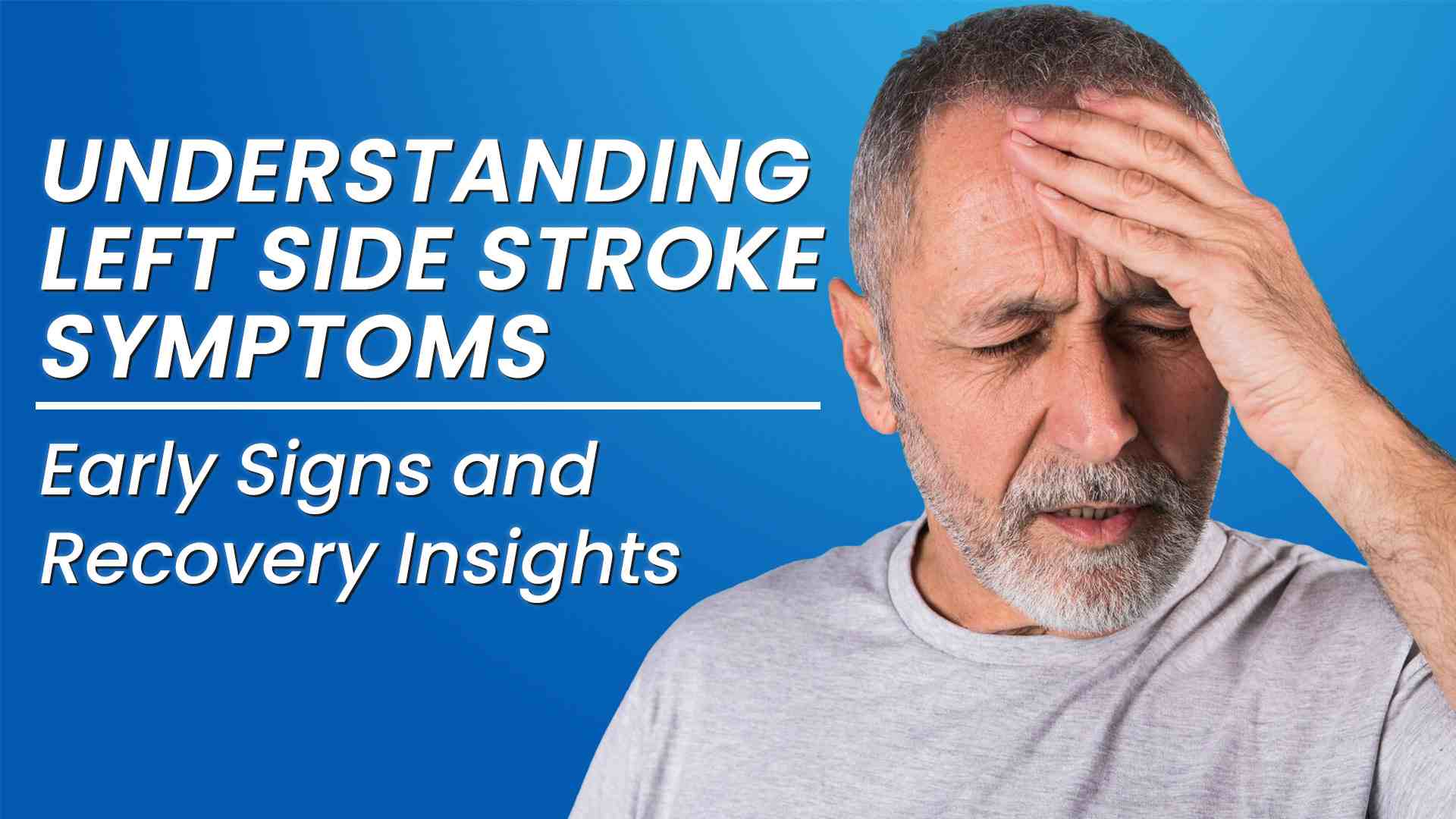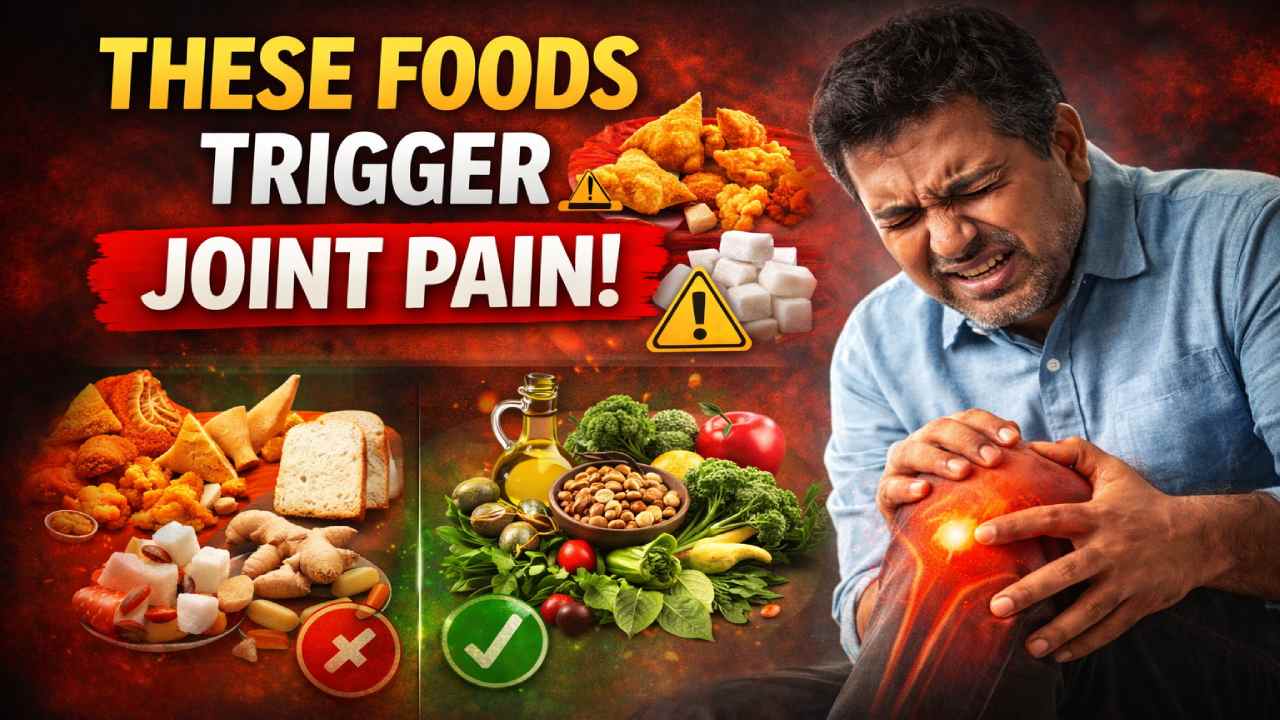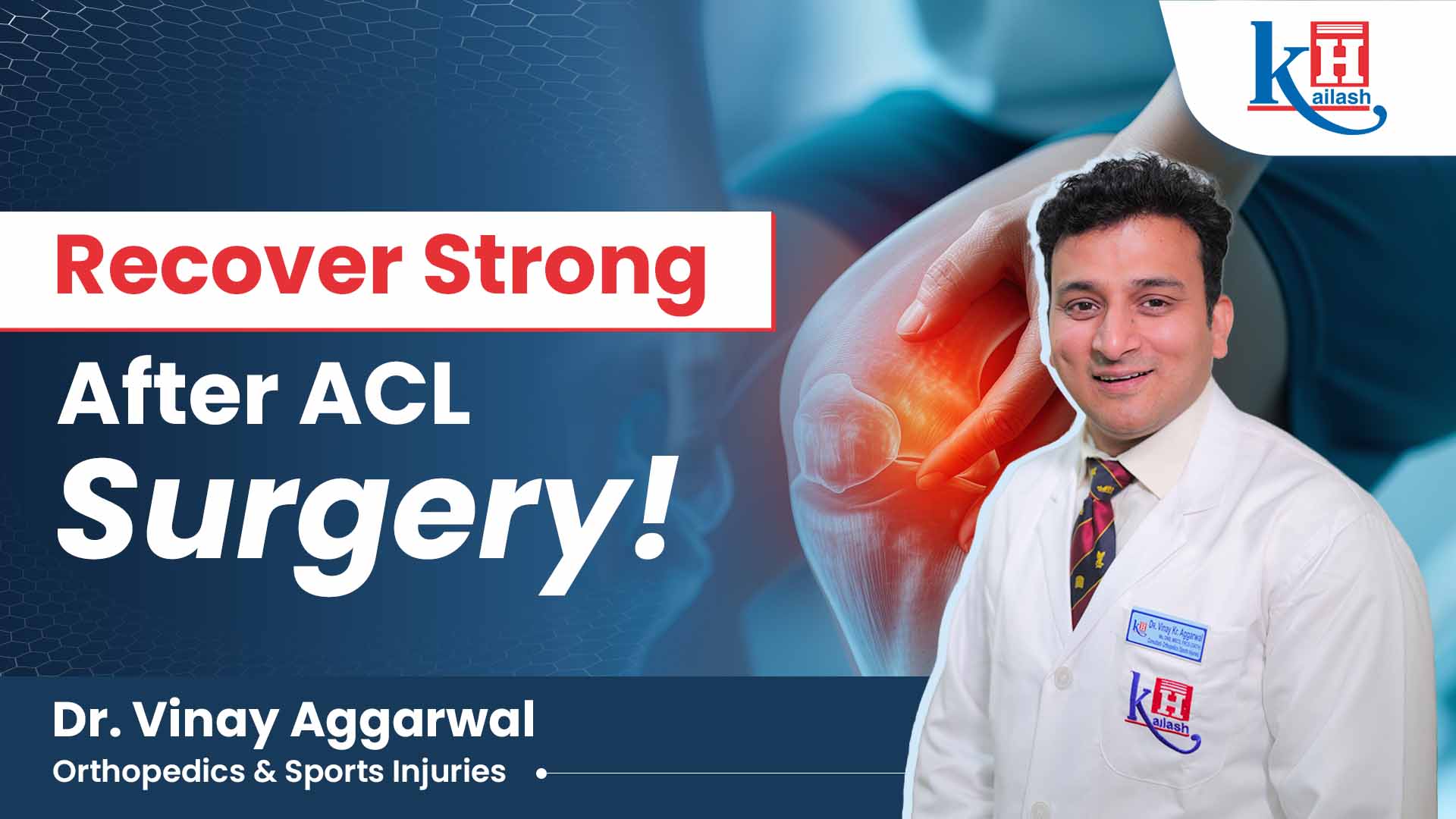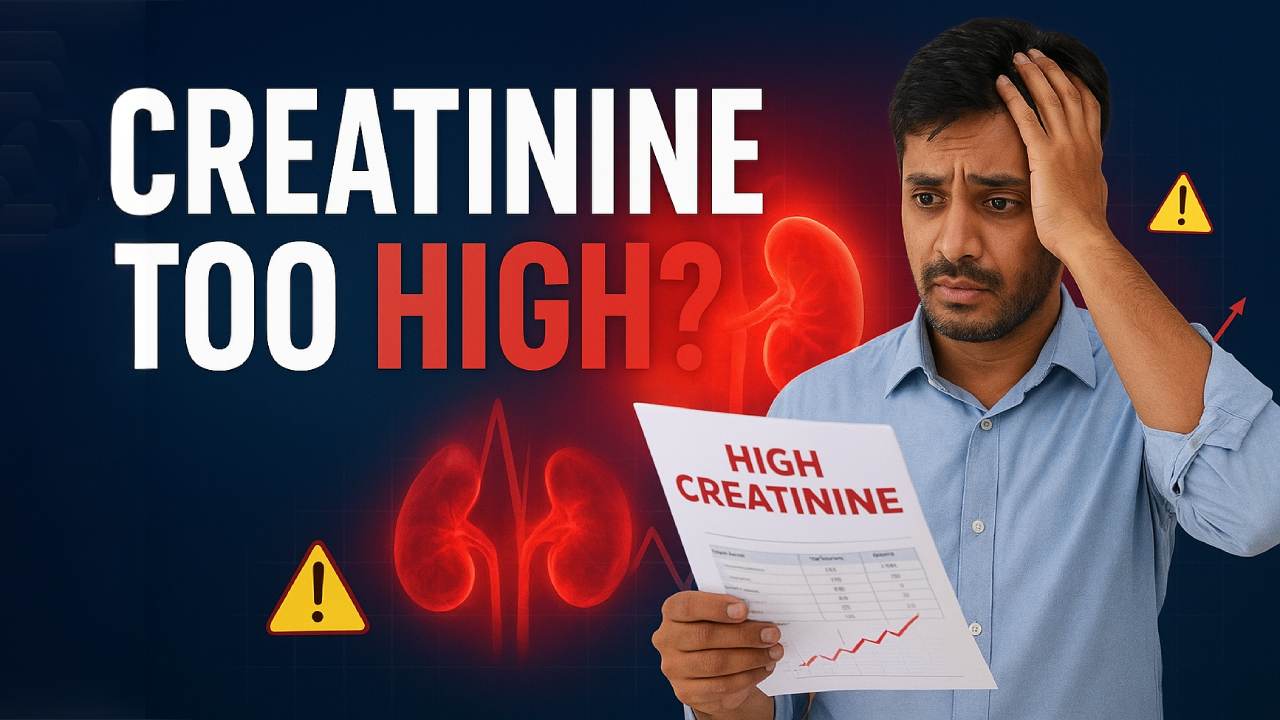Understanding Left Side Stroke Symptoms: Early Signs and Recovery Insights
Verified By Dr. (Prof.) Kuljeet Anand | 28-Nov-2024
Strokes are medical emergencies that require immediate attention. They occur when the blood supply to the brain is disrupted, either due to a blockage (ischemic stroke) or bleeding (hemorrhagic stroke). When a stroke affects the left side of the brain, it can result in distinct symptoms due to the brain's functional specialization. Dr. (Prof.) Kuljeet Anand, Senior Consultant Neurologist at Kailash Hospital, explains, “The left hemisphere of the brain governs the right side of the body and plays a crucial role in language, communication, and analytical thinking. A stroke on this side can have profound effects on these functions.”
This article explores the symptoms, causes, and recovery aspects of a left-side stroke, along with treatment options for left side hemiplegia, shedding light on how early detection and proper medical care can improve outcomes.
Table of Content
The symptoms of a left-side stroke can vary depending on the severity and location of the brain damage. Common indicators include:
1. Right-Side Weakness or Paralysis
- Inability to move the right arm, leg, or facial muscles.
- Loss of balance and difficulty walking.
2. Speech and Language Issues
- Difficulty speaking (aphasia).
- Trouble understanding language, leading to confusion in communication.
3. Cognitive Impairments
- Problems with analytical thinking, reading, or writing.
- Difficulty in solving problems or performing mathematical calculations.
4. Visual Disturbances
- Blurred or reduced vision in the right eye.
- Difficulty perceiving objects or reading due to right-sided visual field deficits.
5. Emotional and Behavioral Changes
- Increased anxiety, frustration, or depression.
- Reduced motivation or a sense of detachment.
Dr. Anand advises, “A left-side stroke can significantly impact a person's ability to communicate and perform daily activities. Early recognition and prompt medical intervention are crucial to minimize the long-term effects.”
Also read: Can a Blood Clot in Arteries Cause Heart Attack?
Left-side strokes are caused by interruptions in blood flow to the left hemisphere of the brain. Common causes include:
- Ischemic Stroke: Caused by blood clots or fatty deposits blocking an artery.
- Hemorrhagic Stroke: Occurs due to ruptured blood vessels in the brain.
- Transient Ischemic Attacks (TIAs): Temporary blockages that serve as warning signs for future strokes.
Risk factors include:
- High blood pressure, diabetes, or elevated cholesterol levels.
- Smoking, excessive alcohol consumption, and obesity.
- Family history of stroke or heart disease
- Sedentary lifestyle and poor diet.
The left hemisphere’s role in language and logical thinking means that a stroke can disrupt these functions significantly. Common effects include:
- Motor Impairments: Persistent weakness or paralysis on the right side of the body.
- Language Deficits: Long-term challenges in speaking, reading, or understanding language.
- Memory and Learning Issues: Difficulty retaining information or following instructions.
Dr. Anand notes, “Left-side strokes can impact fine motor skills, making everyday activities such as writing or buttoning a shirt difficult. Rehabilitation focuses on restoring these abilities.”
Hemiplegia, or paralysis on one side of the body, is a common outcome of left-side strokes. Treatment involves:
1. Physical Therapy
- Exercises to improve strength, mobility, and coordination.
- Techniques to regain control of fine motor skills.
2. Speech and Language Therapy
- Focused interventions to restore communication abilities.
- Tools to aid in understanding and producing speech.
3. Psychological Support
- Counseling to address emotional and behavioral changes.
- Support groups for patients and caregivers.
Dr. Anand highlights the importance of early intervention, stating that rehabilitation programs tailored to individual needs are essential for restoring independence and improving quality of life.
Also read: Unraveling the Mysteries of Schizophrenia in Adolescents
The recovery period varies depending on the extent of brain damage and the patient’s overall health. On average:
1. Initial Recovery (First 3 Months)
- Rapid improvements are often seen during this period.
- Physical therapy and medications are essential components of treatment.
2. Extended Recovery (3-12 Months)
- Continued progress with therapy and lifestyle changes.
- Challenges in speech or motor skills may persist.
3. Long-Term Recovery (Beyond 1 Year)
- Some patients achieve near-complete recovery, while others may experience lingering symptoms.
- Dr. Anand states, “Healing takes time and steady dedication. Support from family and medical professionals makes a significant difference.”
Preventing strokes involves addressing risk factors and adopting a healthier lifestyle. Tips include:
1. Control Underlying Conditions
- Regular check-ups to manage blood pressure, cholesterol, and diabetes.
- Medications as prescribed by your healthcare provider.
2. Healthy Lifestyle Choices
- Incorporating a balanced diet that includes plenty of fruits, vegetables, and whole grains.
- Avoiding smoking and limiting alcohol consumption.
- Regular physical activity to maintain cardiovascular health.
3. Recognize Early Signs
- Familiarize yourself with stroke symptoms using the acronym FAST:
- F: Facial drooping.
- A: Arm weakness.
- S: Speech difficulties.
- T: Time to call emergency services.
Dr. Anand concludes, “Awareness and timely action can prevent many strokes. By addressing modifiable risk factors and seeking immediate care, we can significantly reduce the burden of stroke in our society.”
Kailash Hospital in Noida offers comprehensive care for stroke patients, with state-of-the-art facilities and experienced specialists. Dr. (Prof.) Kuljeet Anand and his team provide personalized treatment plans, ensuring optimal recovery and support for patients and their families.
If you or a loved one exhibits signs of a stroke, don’t wait. Contact the best neurologist in Noida at Kailash Hospital for expert care and guidance.

%20Kuljeet%20AnandKailash%20Hospital,%20Noida.jpg.jpg)

 +91-9711918451
+91-9711918451
 international.marketing@kailashhealthcare.com
international.marketing@kailashhealthcare.com







